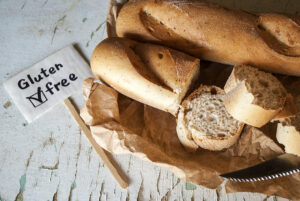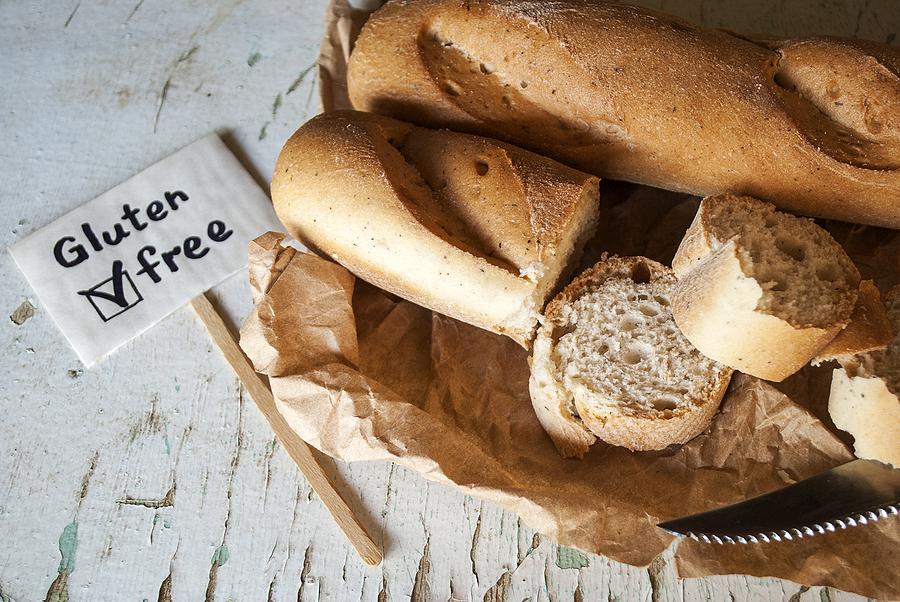 In 2013, the FDA issued a rule regulating the use of the term “gluten-free” on food products. This was a huge victory for the 3 million Americans who suffer from celiac disease as the gluten-free labeling rule allows them to shop with confidence.
In 2013, the FDA issued a rule regulating the use of the term “gluten-free” on food products. This was a huge victory for the 3 million Americans who suffer from celiac disease as the gluten-free labeling rule allows them to shop with confidence.
The demand for gluten-free food continues to grow impressively. Technavio predicts that the market will exceed $3 billion by 2024, driven by gluten-free bakery and confectionery products. If you’re considering getting into this sector, this Q&A will help you understand the labeling rules so you can ensure you’re in compliance.
What products are subject to the labeling requirements?
Any food labeled “gluten-free,” “no gluten,” “free of gluten,” or “without gluten” must comply with the labeling requirements.
How much gluten is allowed in gluten-free products?
The safe answer is “none.” The rule states that any finished food product labeled using the terms above must contain less than 20 parts per million (ppm) of gluten, which is equivalent to 0.002%. This is the lowest level that can be reliably detected using the available analysis methods.
For an illustration of how little 20 ppm actually is, imagine you’re making the world’s largest martini. You fill a standard boxcar with gin and then add a single shot glass full of vermouth. That tiny amount of vermouth in that huge boxcar of gin would likely put you over the 20 ppm limit, which is why the safe answer is “none.”
In addition to the limit of 20 ppm of gluten, food can be labeled “gluten-free” as long as it does not contain:
- An ingredient that is any type of wheat, rye, barley, or crossbreeds of these grains (such as triticale),
- An ingredient derived from these grains that has not been processed to remove gluten, or,
- an ingredient derived from these grains that has been processed to remove gluten, but results in the food containing more than 20 ppm of gluten.
Can gluten-free products be made in the same facility or on the same equipment as gluten-containing products?
The FDA does not prescribe specific manufacturing practices. The final rule says:
We expect foods bearing the “gluten-free” claim to be manufactured using whatever controls are necessary to prevent cross-contact with all gluten sources and to ensure that any amount of gluten that may be present in the food from cross-contact is as low as possible and that the food has less than 20 ppm gluten.
Although dedicated processing equipment and facilities are not required for gluten-free products, in practice it is practically impossible to achieve the <20 ppm limit using facilities and equipment that also process gluten-containing foods, even using the most stringent sanitation processes.
For example, in a bakery facility, any flour dust dispersed in the air could easily come into contact with the products being processed, pushing them over the limit. That’s why the final rule focuses on the gluten content of the final products, “including the unavoidable presence of gluten due to cross-contact situations or migration from packaging materials.”
The bottom line is that, regardless of the ingredients used, all finished products labeled “gluten-free” must meet the <20 ppm limit.
Where can I find more information?
Here are some resources about the gluten-free food labeling rule:
- Federal Register: Food Labeling; Gluten-Free Labeling
- FDA: Gluten and Food Labeling
- FDA: Questions and Answers on the Gluten-Free Labeling Final Rule
- FDA: Three Years Later, What Is the Impact of the Gluten-Free Labeling Standard?
If you’re launching new gluten-free products and need assistance determining the best equipment for your application, our team of experts can help. Contact us today.

